
Ickworth Church (more formally known as St Mary's Church, Ickworth) is a former parish church in Ickworth Park near Bury St Edmunds in Suffolk, England.

Ickworth Church (more formally known as St Mary's Church, Ickworth) is a former parish church in Ickworth Park near Bury St Edmunds in Suffolk, England.
The church is within view of Ickworth House, now owned by the National Trust. The church served Ickworth village, which no longer exists. With the growth of the Ickworth Estate, the church became mainly associated with those living and working in Ickworth House and its Park. It is also the main burial place of the Hervey family, who owned and lived at Ickworth from the mid 15th century to 1998.

The church is medieval with major 19th-century alterations. The chancel is mid C13, the north nave doorway is C13 or C14. The chancel has a C15 restored south nave window. Other features include: a C15 plain Octagonal limestone font. A C17 octagonal pulpit, converted around 1775 into a 3-decker with balustrading and original graining. Twenty C17 and C18 marble wall and floor slabs in the chancel, many with carved achievements to members of the Hervey family. Fourteen C17 and C18 wall tablets in the nave to members of the Hervey family and others. A C15 red-line wall painting of the angel of the Annunciation on the east wall of chancel. Roundels of painted Flemish glass dating from C14-C19.
The Herveys, who owned Ickworth for almost 500 years, are buried in the vault under the church and in the churchyard. The line of those laid to rest here begins with Thomas Hervey (d. 1467), who was the first of this family to own Ickworth. After him, almost every Earl and every Marquess of Bristol has been buried there, as were many of their daughters and wives. The 6th Marquess (d. 1985) was buried in Menton (France) for 25 years until the 8th Marquess had him reinterred in the vault of Ickworth Church in October 2010.
The ICCT was set up by the 8th Marquess of Bristol to safeguard the future of Ickworth Church. His half-brother the 7th Marquess bought the church from the Church Commissioners (after they made it redundant in the 1970s) [1] in 1986, after which it fell into a state of disrepair. The 8th Marquess created the ICCT in 2006, and transferred ownership of the Church to the ICCT, of which he is Trustee and Chairman. The Church has now been restored and is open to the public after a lengthy restoration project costing £1.2 million.
Prior to the restoration of the church it was visited by writer and television producer Steven Moffat who used the chained-up gates and statues in various states of disrepair in the churchyard as inspiration for popular Doctor Who monsters the Weeping Angels, first introduced in the 2007 episode "Blink". [2]

The Church of St Mary the Virgin, widely known as St Mary Redcliffe, is the main Church of England parish church for the Redcliffe district of the city of Bristol, England. The first reference to a church on the site appears in 1158, with the present building dating from 1185 to 1872. The church is considered one of the country's finest and largest parish churches as well as an outstanding example of English Gothic architecture. The church is so large it is sometimes mistaken for Bristol Cathedral by tourists. The building has Grade I listed status, the highest possible category, by Historic England.
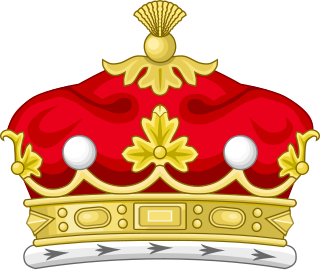
Marquess of Bristol is a title in the Peerage of the United Kingdom held by the Hervey family since 1826. The Marquess's subsidiary titles are Earl of Bristol, Earl Jermyn, of Horningsheath in the County of Suffolk (1826), and Baron Hervey, of Ickworth in the County of Suffolk (1703). The Hervey barony is in the Peerage of England, the earldom of Bristol in the Peerage of Great Britain and the Jermyn earldom in the Peerage of the United Kingdom. Earl Jermyn is used as courtesy title by the Marquess's eldest son and heir. The Marquess of Bristol also holds the office of Hereditary High Steward of the Liberty of St Edmund. The present holder of these titles is Frederick Hervey, the 8th Marquess and 12th Earl of Bristol.

John Hervey, 1st Earl of Bristol was an English politician.
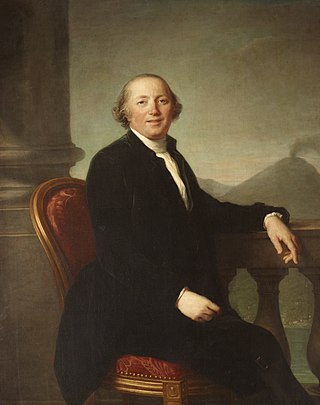
Frederick Augustus Hervey, 4th Earl of Bristol,, was an 18th-century Anglican prelate.
Frederick William Augustus Hervey, 8th Marquess of Bristol is a British peer.

Ickworth House is a country house at Ickworth, near Bury St Edmunds, Suffolk, England. It is a neoclassical building set in parkland. The house was the residence of the Marquess of Bristol before being sold to the National Trust in 1998.
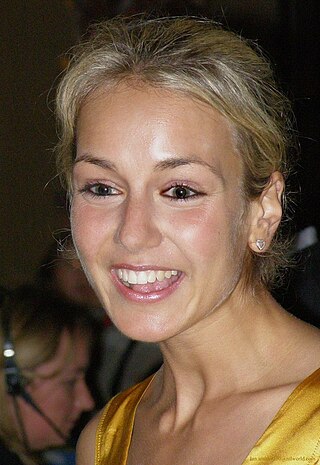
Lady Isabella Frederica Louisa de Pauw is a British model, socialite, aristocrat, and reality TV personality. She is the daughter of Victor Hervey, 6th Marquess of Bristol, the sister of Lady Victoria Hervey and the incumbent Frederick Hervey, 8th Marquess of Bristol, and half-sister of John Hervey, 7th Marquess of Bristol.

Frederick William John Augustus Hervey, 7th Marquess of Bristol, also known as John Jermyn and John Bristol, was a British hereditary peer, aristocrat and businessman. Although he inherited a large fortune, he died almost penniless from funding a chronic and persistent drug addiction.
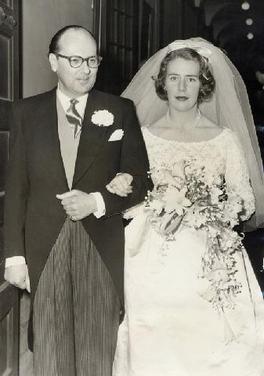
Victor Frederick Cochrane Hervey, 6th Marquess of Bristol, was a British aristocrat, hereditary peer and businessman. He was a member of the House of Lords, Chancellor of the International Monarchist League, and an active businessman who later became a tax exile in Monaco.
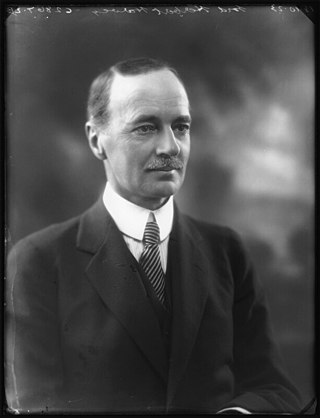
Herbert Arthur Robert Hervey, 5th Marquess of Bristol, styled Lord Herbert Hervey from 1907 to 1951, was a British peer and politician.

Frederick William Fane Hervey, 4th Marquess of Bristol MVO was a British nobleman, naval officer and Conservative Party politician.

Hasketon is a village and civil parish in the East Suffolk District of Suffolk, England.
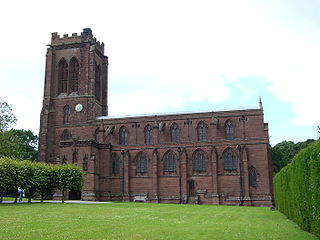
St Mary's Church is in the village of Eccleston, Cheshire, England, on the estate of the Duke of Westminster south of Chester. The church is recorded in the National Heritage List for England as a designated Grade I listed building. It is an active Anglican parish church in the diocese of Chester, the archdeaconry of Chester and the deanery of Chester. Its benefice is combined with that of St Mary, Pulford. The Dukes of Westminster are buried in the adjacent Old Churchyard.

Frederick William Hervey, 2nd Marquess of Bristol PC, FSA, styled Lord Hervey from 1803 to 1826 and Earl Jermyn from 1826 to 1859, was a British Tory politician. He served as Treasurer of the Household under Sir Robert Peel between 1841 and 1846.

St John the Baptist's Church is in the village of Aldford, Cheshire, England. The church is recorded in the National Heritage List for England as a designated Grade II listed building. It is an active Anglican parish church in the diocese of Chester, the archdeaconry of Chester and the deanery of Malpas. Its benefice is combined with those of St Peter, Waverton and St Mary, Bruera. It is described by the authors of the Buildings of England series as "expensive" and "stiffly conventional".

Horringer is a village and civil parish in the West Suffolk district of Suffolk in eastern England. It lies on the A143 about two miles south-west of Bury St Edmunds. The population in 2011 was 1055.

Ickworth is a small civil parish, almost coextensive with the estate of the National Trust's Ickworth House, in the West Suffolk district of Suffolk, eastern England, 2.3 miles (3.7 km) south-west of Bury St Edmunds. The population of the parish was only minimal at the 2011 Census and is included in the civil parish of Lawshall.
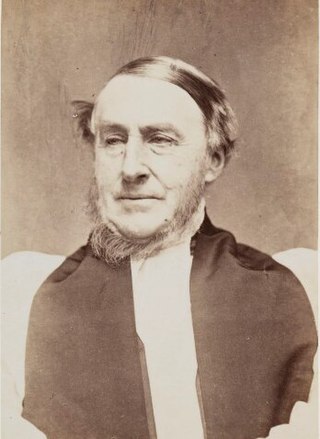
Lord Arthur Charles Hervey was an English bishop who served as Bishop of Bath and Wells from 1869 to 1894. He was usually known by his aristocratic courtesy title, "Lord", rather than the style appropriate to a bishop, the Right Reverend.

St Mary's Church is a historic Anglican church in the hamlet of Akenham, Suffolk, England. It is recorded in the National Heritage List for England as a designated Grade II* listed building, and is under the care of The Churches Conservation Trust. It stands in an isolated position in fields 3 miles (5 km) north of Ipswich.

St Mary's Church is the redundant Church of England parish church of the village of Redgrave, Suffolk, England. It is a Grade I listed building. and is under the care of the Churches Conservation Trust. The church is on a rise about 3⁄4 mile (1 km) east of the village.